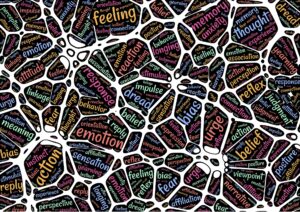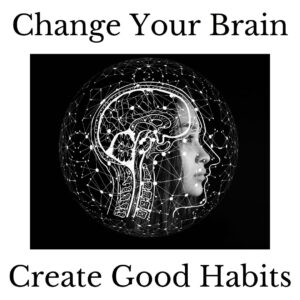Happiness is an Inside Job
Have you ever c aught yourself saying, “I’ll be happy when…” I’ll be happy when I get a better job, lose 10 pounds, get married, get divorced, or have enough money to retire? The problem with this approach is that you’re looking at happiness as something to be attained. You’re letting your happiness depends on something or someone outside of yourself rather than on what you already have inside.
aught yourself saying, “I’ll be happy when…” I’ll be happy when I get a better job, lose 10 pounds, get married, get divorced, or have enough money to retire? The problem with this approach is that you’re looking at happiness as something to be attained. You’re letting your happiness depends on something or someone outside of yourself rather than on what you already have inside.
A better option is to cultivate happiness from with. Appreciating what you already have is a great way to increase your happiness and resist the temptation of reaching for an impossible dream. This doesn’t mean you can’t want a better job, marriage, or a new wardrobe. It just means how you feel doesn’t depend on having those items.
Appreciate What You Have
Regardless of your current perspective, acknowledging and valuing what you already possess can significantly amplify your happiness. If you’re doubtful, take a moment for introspection. Begin from the start, from your earliest memories, and note down all your accomplishments. Recall the instances when you’ve helped others or conquered against all odds. This exercise in gratitude and self-reflection is a potent tool in your quest for happiness, empowering you to recognize your own strength and resilience.
Life isn’t about getting; it’s about enjoying the ride and going with the ebbs and flows. Of course, you’re not going to be happy all the time. No one is. It’s about being in the moment and noticing what’s happening around you. Is there something you can do to help a neighbor? Are your kids struggling with math or being bullied? Is your partner worried about something and not talking? Are you so caught up in your thoughts and feelings that you aren’t noticing others?
The Role of Fear, Sadness, and Grief
Fear, sadness, and grief are inevitable emotions that serve as wake-up calls. Hearing about someone else’s loss is an opportunity to be grateful for what you have. A friend told me that her daughter’s house burned down. The family—including the dogs—were safe. But they lost everything. Imagine what that would be like if it happened to you. Then, appreciate how much you have and be grateful for your well-being. It turns out that the community stepped in to help by providing long-term housing and donations. These challenges, when overcome, can make you more resilient and appreciative of life’s blessings.
If you seek joy and contentment, the key is to find happiness and joy within. When life presents challenges, view them as opportunities for growth. For instance, getting laid off might be an opportunity to return to school and learn a new trade. A divorce or breakup can be a chance to do some much-needed soul-searching. A health crisis can be a wake-up call to eat better and start exercising. Remember that life is a journey. It’s important to appreciate the voyage, the ups and downs, the twists and turns, whether you reach your destination or not. This perspective will bring you patience and contentment.
###
Jan Fishler is a certified happiness coach and author. Her most recent books are Don’t Stop Now: Making the Most of the Rest of Your Life and 52 Ways to Be Happy: from the inside out. You can learn more at www.JanFishler.net.

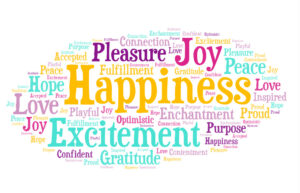
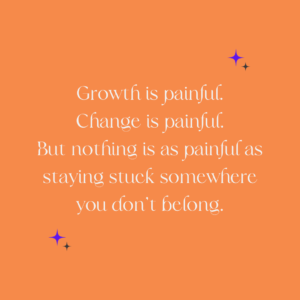
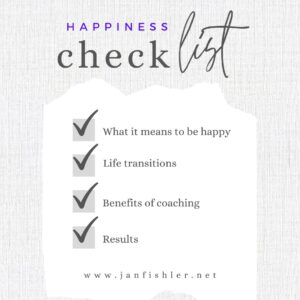

 My word for 2022 is completion. I generally spend a portion of new year’s eve thinking about the past year and picking a word to represent how I hope the following year unfolds. Last year my word was action. The year before it was truth. I chose completion because at this point in my career–and in my life, I have accomplished a lot, but I have some unfinished projects that I want to complete. At the top of my list is offering writing classes that I’ve developed and tested but never really marketed consistently. I get very excited about creating content, but getting the word out about my offering is where I drop the ball.
My word for 2022 is completion. I generally spend a portion of new year’s eve thinking about the past year and picking a word to represent how I hope the following year unfolds. Last year my word was action. The year before it was truth. I chose completion because at this point in my career–and in my life, I have accomplished a lot, but I have some unfinished projects that I want to complete. At the top of my list is offering writing classes that I’ve developed and tested but never really marketed consistently. I get very excited about creating content, but getting the word out about my offering is where I drop the ball.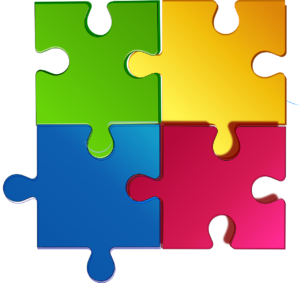 If there is one thing we all need to overcome it’s resistance. I’m NOT talking about ohms– the opposition to current flow in an electrical circuit. The type of resistance I’m talking about is the one we suffer from when we procrastinate or put off tasks that are essential to our creative or personal growth. Of course, what we resist persists–unless we do something to change the status quo. There is always a reason for our hesitancy or reluctance. The challenge is getting to the source of our discomfort to see what we can do to calm the beast that’s preventing us from moving forward. Sometimes, there is a good reason we refuse to change, but most of the time, it comes down to fear of the unknown and false expectations about what we perceive the future holds.
If there is one thing we all need to overcome it’s resistance. I’m NOT talking about ohms– the opposition to current flow in an electrical circuit. The type of resistance I’m talking about is the one we suffer from when we procrastinate or put off tasks that are essential to our creative or personal growth. Of course, what we resist persists–unless we do something to change the status quo. There is always a reason for our hesitancy or reluctance. The challenge is getting to the source of our discomfort to see what we can do to calm the beast that’s preventing us from moving forward. Sometimes, there is a good reason we refuse to change, but most of the time, it comes down to fear of the unknown and false expectations about what we perceive the future holds.